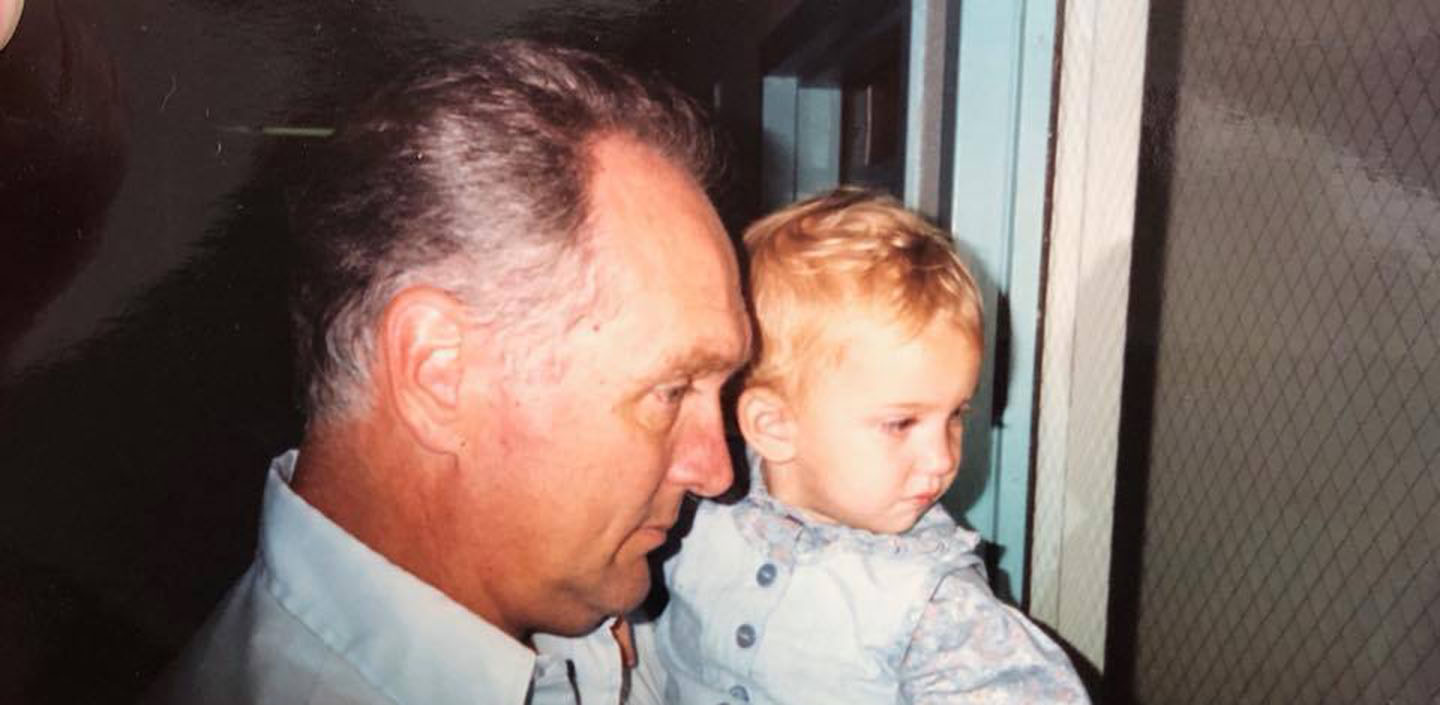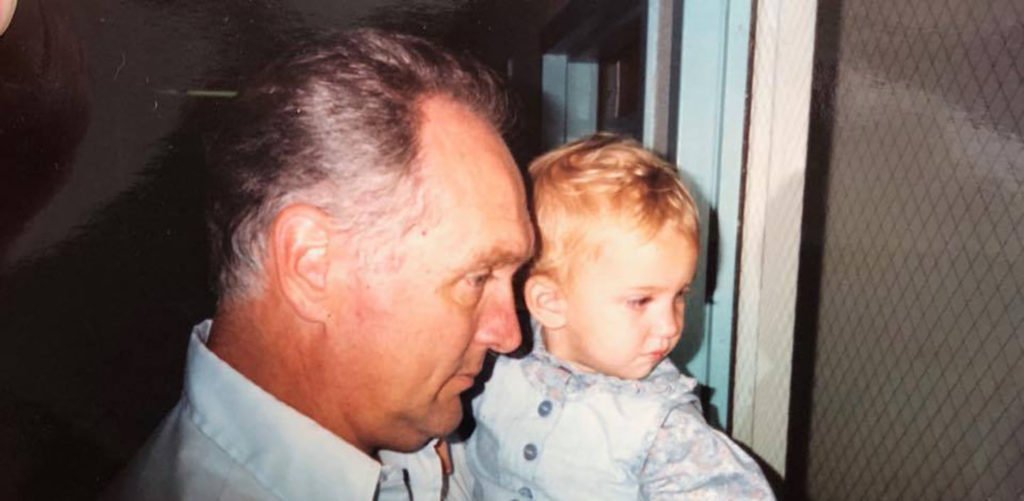(This column was written for Gannett and originally ran in The Times and The News-Star on Memorial Day weekend, 2018.)
He had on scruffy pointy-toed cowboy boots, his western shirt was tucked into his jeans, and he smiled when he got up and came around his desk and opened up a calloused, catcher’s mitt-sized hand:
“Billy Cannon.”
I wasn’t intimidated because he wouldn’t allow that, but it was easy to see how people could be. Now nearing 50 years old on this late-summer day in 1988, his build was still athletic. You could still see plenty of football player. Powerful, his legs and chest and arms thick and solid.
Plus there was the Being a Legend and all. Time was about the only thing that could run him down, and it finally did when Dr. Cannon passed away last Sunday morning in his sleep. But the Legend part is both deserved and well preserved.
We were in his stark dentist’s office that mid-morning, alone. He was trying to reboot his dentistry practice and I’d been a sportswriter at The Times-Picayune in New Orleans for only a few months, covering mostly LSU. He knew who I was only because he loved LSU and read all things LSU and so when I called to see if I could meet him, he said sure. He wasn’t very busy: less than two years before, the 1959 Heisman Trophy winner had gotten out of federal prison in Texas after serving almost three years for making counterfeit $100 bills.
The building didn’t really look like a dentist’s office either inside or out. No receptionist. No aide. No waiting room TV set. Just Dr. Cannon. Turns out his private practice wouldn’t make it but something better came along, something we couldn’t have guessed that morning while we drank coffee from his dark green Thermos with a silver coned cup on top.
We talked LSU football and people we both knew. A little girl came by to have her braces checked; he called her beautiful as she sat in the dentist chair and the dad and Dr. Cannon lined up the next appointment; moms usually bring little girls to the dentist in the middle of the day, but this was Billy Cannon so…
Yet those were the only patients who ever came by during what were probably a dozen visits by me to his office.
After maybe 40 minutes he said, “I’m just an old washed-up counterfeiter with not much to say about all that.” He paused, then smiled and looked me right in the eyes. “But come on back next week.”
And I did, for lots of weeks. And brought coffee. He’d teach me some football, talk about that week’s game, tell stories. I lined up an ESPN crew to visit him when the movie “Everybody’s All-American” came out that year, but I never wrote about him or attributed in the paper anything he’d say about LSU or anyone or anything. I was just a young sportswriter guy he was taking time to talk to and to help. How many Heisman winners let a guy just hang around?
I knew one day he’d talk about it, about the Heisman and prison and what happened next, and he did. “Billy Cannon: A Long, Long Run” was published in 2015 and written by Cannon and his friend Charles N. deGravelles, who spent more than a quarter-century ministering to inmates at Angola’s state pen where Cannon, who’d been on both sides of the razor wire and who’d answer phone calls there with, ‘Who is this? I don’t have time to mess with you!,” ran the dentistry department and counseled inmate after inmate. Considering his multi-dimensional athletic skill set, it should not be surprising that, at Angola, he was like a pastor who could fill a cavity or a counselor who could either clean your teeth or help you clear your conscience.
But he wasn’t ready to talk about It in 1988. At that point, a lot had happened — a lifetime for most of us — but not much had happened Next. But plenty would, and what a remarkable and glorious closing act it would be.
The 30th anniversary of the 1958 LSU national champions was that fall in 1988, so it was a perfect timing sort of deal when his dear friend Boots Garland, who’d been the proctor of the athletic dorm during their college days, talked him into coming to a luncheon reunion of the team and a few friends. They let me ride with them in a solid Buick the size of a Humvee. The luncheon was in a Holiday Inn meeting room or something like that, very cozy, and no one asked about the counterfeiting or prison, they just acted as if they’d played Clemson the week before, and laughed and told stories, and honestly beamed just looking at each other, and remembering.
And finally Dr. Cannon agreed to stand up and talk about that season and the next, mostly The Punt Return on Halloween night of 1959, and he pointed to guys and thanked them for this block or that one, and for the first time in a long time he was re-living that wonderful moment with his friends, his football family, that October new moon night when he ran to colors and away from colors, and right into LSU and college football legendhood…
And as he talked, there in the open again, surrounded by his football brothers, I think he might have been comfortable once more, or even if he wasn’t he was going to run until he was, run with honesty and a poke-fun-at-himself laughter, run right back into the arms of the LSU faithful and into the hearts of anyone who’d ever fumbled. It’s where fans wanted him, where they needed him, where the program needed him, and where he’s served in a humble and compassionate and graceful way for the past 30 years.
The Punt Return against Ole Miss is legendary. But Cannon’s willingness to return in 1988, to put All That behind, to move along as a very human hero, wasn’t that just as big? I love that he stopped running and started being.
Here he was, world, a Tiger flawed but a Tiger who could laugh at himself, a Tiger who stopped running and started sharing, a Tiger who they all wanted to be like after all, still the greatest Tiger of them all.
-30-

